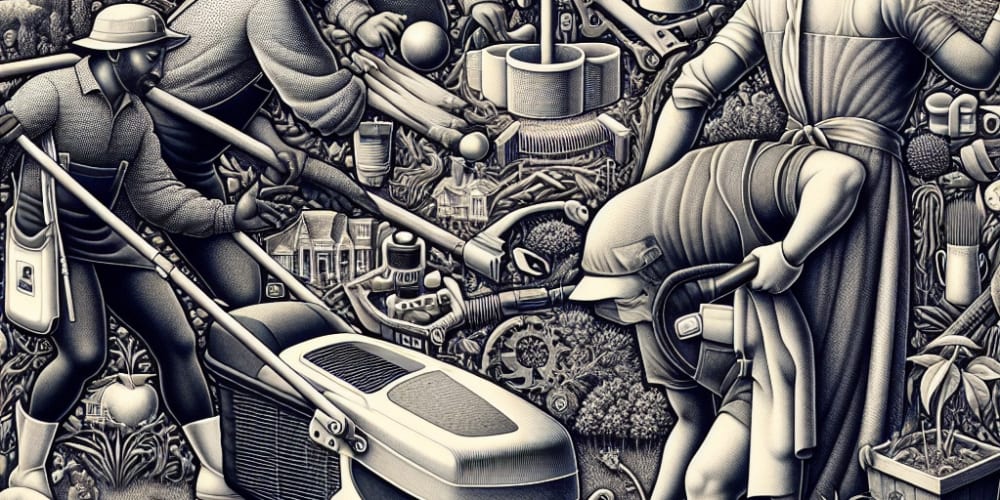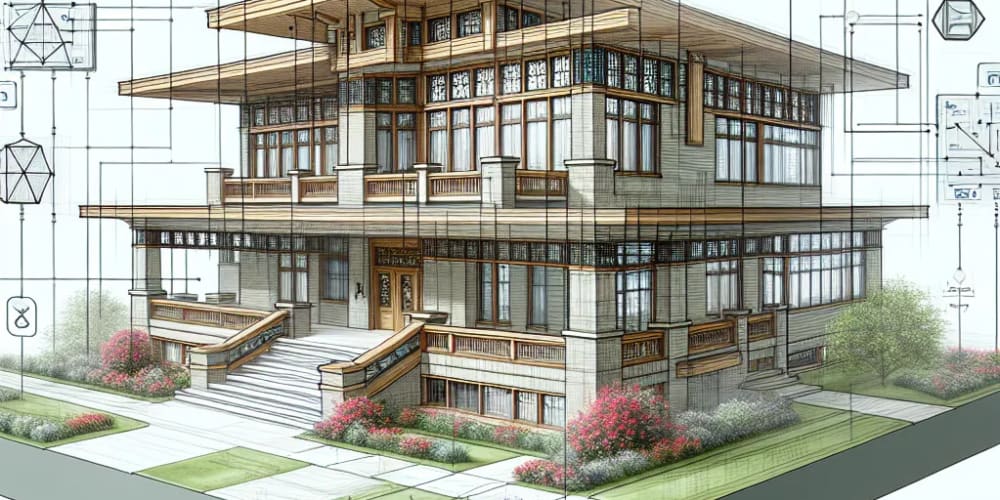The importance of cutting-edge technology in the rapidly changing field of telemedicine cannot be overemphasized. The focusing camera technology is one such important invention that is revolutionizing remote healthcare. Healthcare professionals are transforming the way they communicate electronically with patients with the use of focusing cameras, which are designed to improve the clarity and precision of remote consultations.
Comprehending Autofocus Camera Technology
With the use of sophisticated mechanics, autofocus cameras may automatically modify the lens's focus, maintaining the subject's clarity and sharpness even as it moves or varies in distance. This characteristic is especially important for telemedicine, where precise diagnosis and efficient patient care depend on detailed visual information.
The Importance of Precision in Remote Consultations
Every single aspect matters in telemedicine. Thanks to camera focusing, medical personnel can capture high-definition images and videos without the need for manual corrections. These images can be utilized for a variety of purposes, such as assessing skin conditions or analyzing minute motions. This precision improves the patient experience overall by avoiding the need for follow-up consultations caused by fuzzy images. It also facilitates the process of correct diagnosis.
Enhancement of the Physician-Patient Bond
In addition to taking images, camera focusing in telemedicine facilitates better communication between patients and medical professionals. With autofocus technology, clear and detailed visual communication between the patient and the provider is made possible even when they are physically apart. This enhances self-worth and raises the caliber of care given virtually.
Autofocus's Benefits for Camera Systems
Ease of Use and Efficiency: Healthcare personnel may concentrate more on patient care and less on technical modifications thanks to autofocus cameras, which streamline the procedure.
Versatility in Applications: Cameras with autofocus capabilities adapt to a variety of medical specializations with ease, whether they are employed in dermatology for close-up examinations or in general practice for remote diagnostics.
High standards of care are maintained in telemedicine environments when healthcare practitioners can make well-informed decisions based on precise visual data thanks to consistent image clarity.
Telemedicine's Use of Autofocus Camera Technology
When incorporating autofocus cameras into telemedicine systems, compatibility with current platforms and technological requirements must be carefully considered. Nonetheless, increased patient engagement, operational efficiency, and greater diagnostic accuracy make the investment in such technologies worthwhile.
Upcoming Developments and Trends
It is anticipated that camera systems' autofocus will get even more advanced as technology develops. AI-driven picture enhancement and real-time diagnostics are two features that have the potential to significantly transform the delivery of distant healthcare, turning telemedicine from a band-aid fix to a global standard for routine consultations.
In summary
The development of autofocus camera technology has greatly improved telemedicine procedures. Healthcare providers can provide outstanding remote care by using cameras with autofocus capabilities, which prioritize accuracy, clarity, and user-friendliness. Investing in cutting-edge technologies like autofocus cameras guarantees that patients receive the high-quality care they need, wherever they may be, as telemedicine becomes an essential component of contemporary healthcare delivery.
To sum up, the incorporation of autofocus camera technology into telemedicine is about more than just improving images; it's about revolutionizing healthcare delivery and making it more patient-centered, effective, and accessible than before.



















